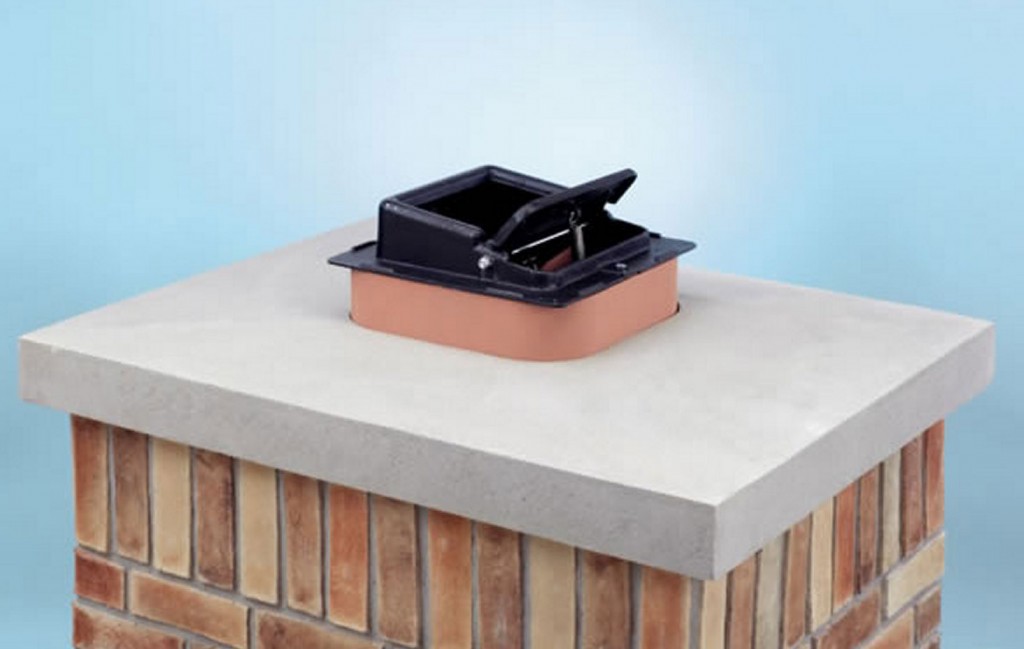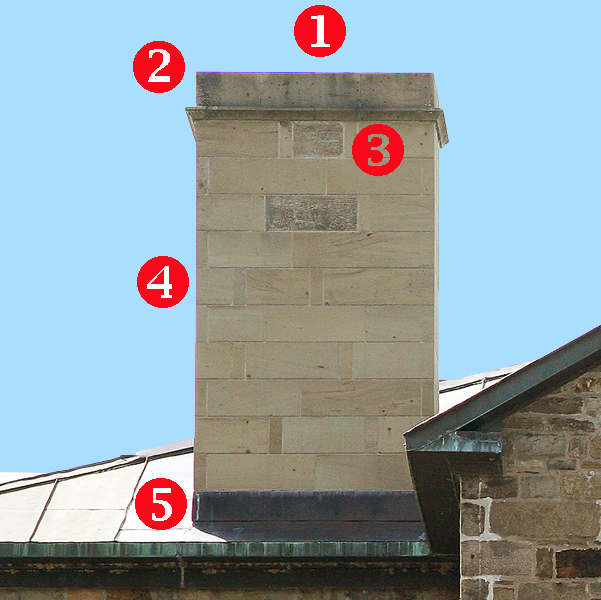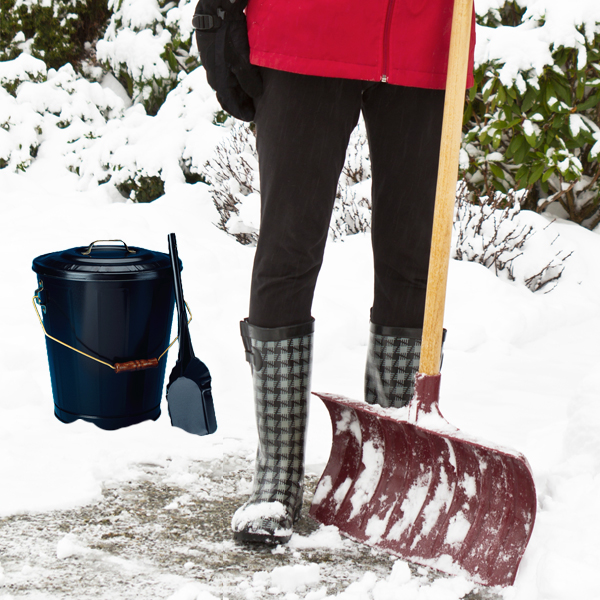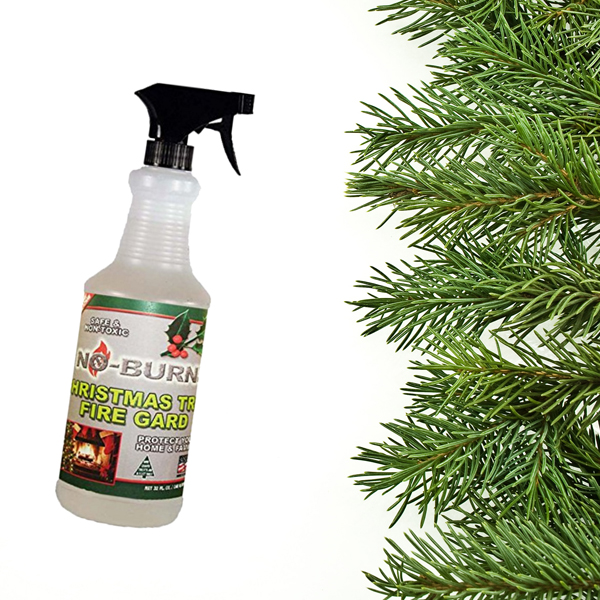by Tom
Share
by Tom
Share
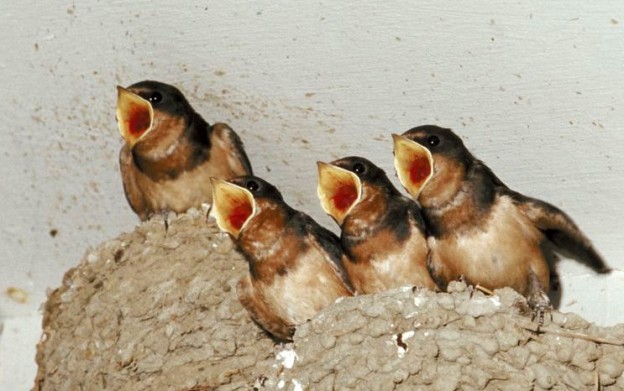
Bird nests with or without birds in them are a health and fire safety problem for your home. Bird droppings are not only unsightly in your fireplace, but birds can also carry mites and parasites into you home.
One note: In both the United States and the United Kingdom, active nests with birds or eggs in them are legally protected from being disturbed or destroyed. Chimney swallows, for example, are classified as protected birds by the federal government.
How to Get Rid of Bird Nests in Chimney
For both legal and humane reasons, wait until the nestlings are gone before removing any nest.
Keep your fireplace damper and, if you have them, fireplace glass doors, closed if there is an active nest in your chimney. Do not light a fire. Be aware, for example, that barn swallows, which are one of the most common birds to nest in home chimneys, hatch in 15 days. The young continue to use the nest for up to three weeks. Typically, a second brood is hatched while the first brood is still using the nest. The older siblings help feed the new baby birds. You will recognize barn swallows by their characteristic forked tail. Barn swallow nests you can recognize by their cone or pocket shaped mud nest plastered to the vertical wall of your chimney.
A choice is whether to do it yourself or bring in a chimney sweep to remove inactive bird nests from a chimney. Some bird nests can be easily removed by any homeowner willing to go up on the roof. Others, such as barn swallow nests, require scraping the nest from the interior of the chimney. This is a messy process that can drop unsanitary and possibly mite-infested material into your fireplace. (See Dangers of Bird Droppings in Chimneys.) If you do this type of bird nest removal yourself, we suggest you take your shop-vac to the roof and use it to catch bird nest debris as you remove it.
Whether you remove the bird nest yourself or hire a chimney sweep to do it, it is imperative to remove any nests or remaining nesting materials before using your fireplace in the fall. Combustible material inside your chimney flue and a burning fire are not a good combination!
Are You Ready to Prevent Bird Nests in Your Chimney?
But bird nests in chimney need not be an annual concern. A damper that seals the top of your chimney , such as a Lyemance damper, can prevent any animal, including birds, from using your chimney for shelter or nesting purposes. You can open such a chimney damper when you have a fireplace fire.
5 Ways to Prevent Chimney Leaks A leaking pipe, a leaking roof, a leaking window, a leaking chimney – none of them is good. Here are 5 ways make your chimney leak-proof and prevent chimney leaks. See how to fix chimney leaks and prevent them in, through and around your chimney. #1 Way to Prevent Chimney Leaks: Install a […]
When is a headache, nausea, and fatigue not “just the flu” and, instead, carbon monoxide poisoning? And how can you prevent carbon monoxide poisoning in your home? Every year 20,000 Americans are treated in emergency rooms for carbon monoxide poisoning. But many of those at first thought they were dealing with a run-of-the-mill bug. Those […]
Will fireplace ashes melt ice or just improve traction on ice? Are there advantages or disadvantages to using ashes instead of rock salt or other chemicals on snow and ice? What are the pros and cons of other de-icers compared with using fireplace ashes on icy surfaces? Will Fireplace Ashes Melt Ice and Snow? Fireplace ashes primarily provide […]
Nothing can completely prevent a Christmas tree or fireplace greenery from burning. But you can reduce the flammability of your Christmas trees and mantel greenery with these homemade or purchased fire retardants. Fire retardants prevent fires from starting and spreading, reduce or eliminate harmful smoke, and minimize fire damage. Some are made specifically for Christmas trees and […]
